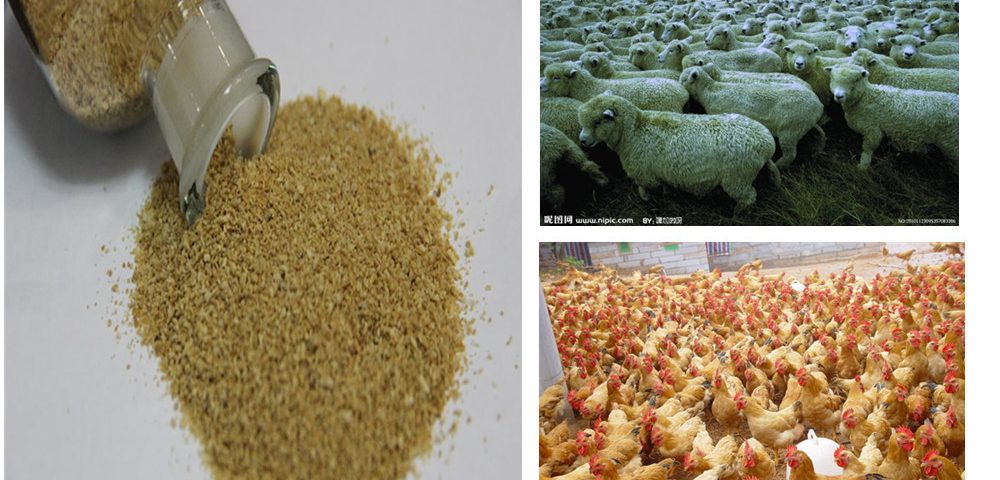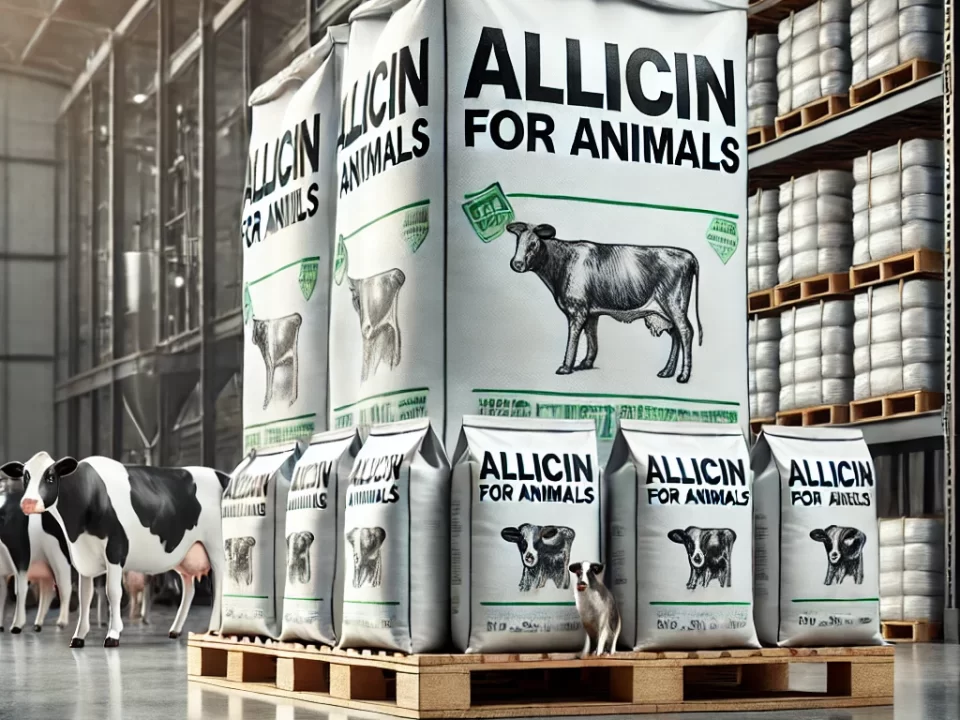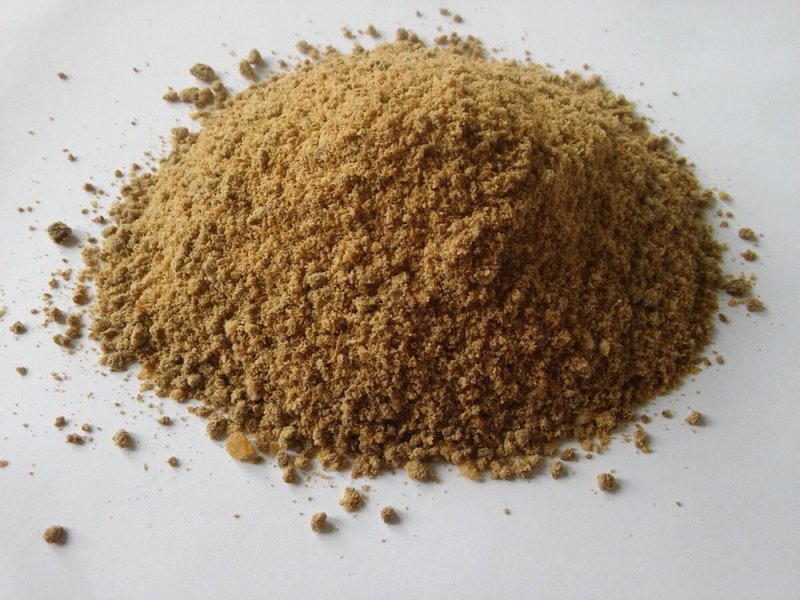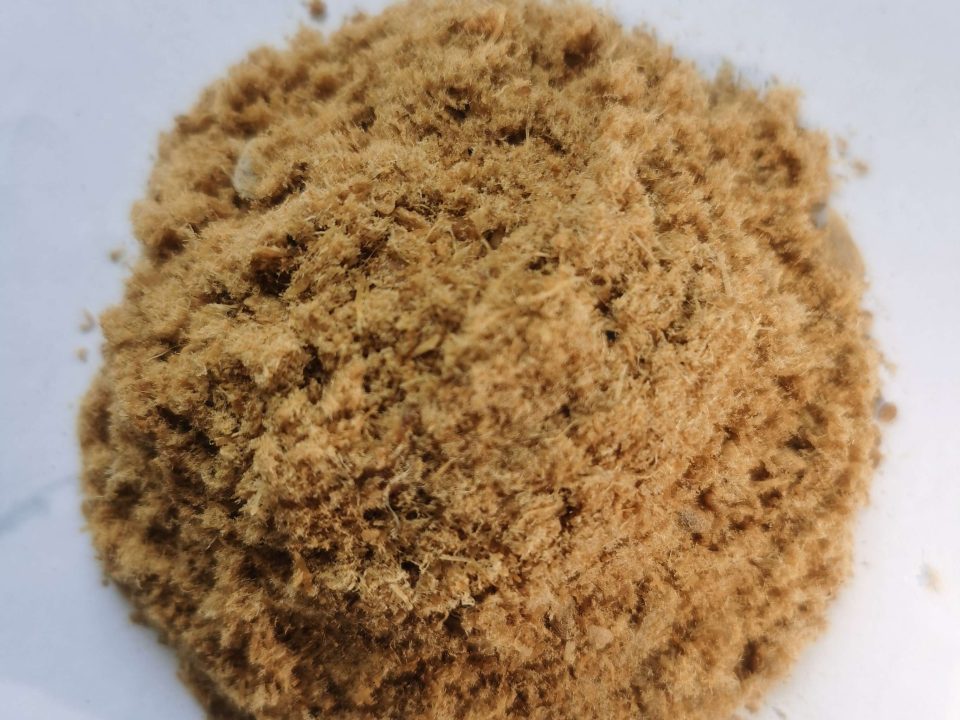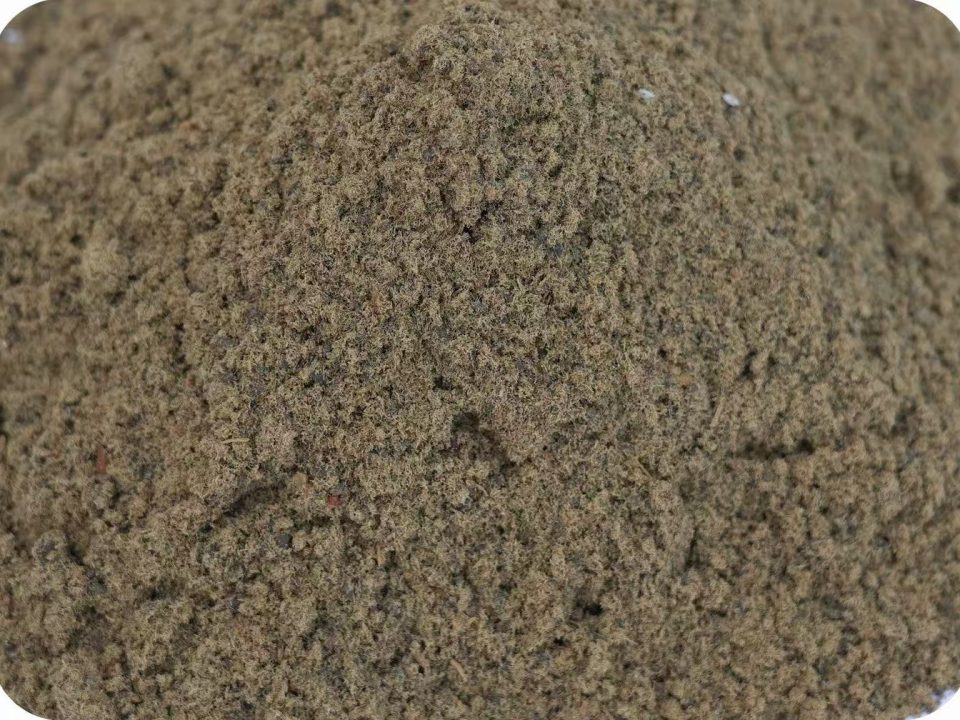CHOLINE CHLORIDE and Betaine for (Poultry feed, Swine feed, Ruminant feed,Aqua feed)

CHOLINE CHLORIDE : Strong Animals – Natural Animal Health Products
October 13, 2017
Choline Chloride-B-complex vitamin feed addictive
October 15, 2017Introduction
choline chloride, a water soluble compound with vitamin-like properties, is widely distributed in feedstuffs as all natural fats contain choline chloride. choline chloride serves a number of critical functions in the body (Combs, 2008). It:
- Builds and maintains cell structure
- Improves fat metabolism in the liver
- Supports nervous system function and brain development
- Serves as a source of methyl donors for methionine formation, an essential amino acid
- Serves as a source of osmolytes that regulate cell volume
Chemical Equivalence of choline chloride and Betaine
Both choline chloride and betaine have three methyl groups. Their potential as methyl donors for methionine formation can be calculated based on their molecular weights. The molecular weight of choline chloride, choline chloride chloride (CC) and betaine are 104.2, 139.6 and 117.2, respectively (Table 1). This means that with each unit of CC 100% and betaine 100% supplemented 74.6% and 88.9% of choline chloride is supplied respectively. Conversely, 1.34 and 1.12 times more CC and betaine must be supplemented respectively to provide the same level of choline chloride. Accounting for differences in the level of choline chloride and betaine in commercial products, a feeding rate of 0.75 units of CC 75% is equivalent to 1 unit of betaine 47% as methyl donors (Table 1).
Many research trials have shown that betaine cannot fully replace choline chloride in the diet of broilers. However as betaine can occupy only two of choline chloride’s functions (see Introduction), the efficacy of both compounds can be compared when sufficient baseline choline chloride exists in the diet to meet the animal’s essential needs. This was tested elegantly in a recent study by Dilger et al (2007) in which the control ration for young broilers contained no available choline chloride and was supplemented with betaine and graded levels of choline chloride. When supplementing betaine (1000 ppm), the authors found that broiler growth was maximized if the diet contained 412 ppm choline chloride. In contrast, when no betaine was supplemented broiler growth was maximized if the diet contained 712 ppm choline chloride alone. Therefore, 1000 ppm betaine spared only 310 ppm of added choline chloride. This is a significant observation.
It indicates that supplemental choline chloride was 3.2 times more effective than supplemental betaine at increasing chick growth.
Betaine is a compound that is directly related to choline chloride. During choline chloride’s oxidation, betaine is the first product formed and acts as a methyl donor and osmolyte in the body. Typically feeds contain less betaine than choline chloride. Wheat and sugar beets, however, are exceptions as both are rich in betaine.
Metabolism of choline chloride and Betaine
The metabolic needs for choline chloride can be supplied in two ways: through the diet and by choline chloride synthesis in the body. In the case of the growing chick, an absolute requirement for dietary choline chloride does exist as choline chloride cannot be synthesized until about 13 weeks of age.
In many situations when the diet does not supply sufficient choline chloride, the animal is able to utilize methionine to produce choline chloride; however, dietary choline chloride is required for optimal growth. When choline chloride is supplemented, it is used first for essential functions. The body does not store choline chloride so the remainder is oxidized to betaine (Figure 1). Therefore all choline chloride in the body is metabolized and used in biochemical pathways. The oxidation of choline chloride is an energy yielding process and one of the major sources of methyl groups to support the synthesis of methionine in the animal (Garrow, 2007).
Figure 1. choline chloride metabolism in the body (adapted from Canty and Zeisel, 1994).
Table 1. Comparison of choline chloride, choline chloride chloride (CC) and betaine based on molecular weight. The value of CC (either as 70,
75 or 100%) or betaine (either as 47 or 100%) in products relative to choline chloride and the multiplication factor to compare equivalence of products is indicated.
| MW | % choline chloride | Factor | |
| choline chloride | 104.2 | 100.0 | 1.00 |
| CC 100% | 139.6 | 74.6 | 1.34 |
| CC 75% | 139.6 | 56.0 | 1.79 |
| CC 70% | 139.6 | 52.2 | 1.91 |
| Betaine 100% | 117.2 | 88.9 | 1.12 |
| Betaine 47% | 117.2 | 41.8 | 2.39 |
| CC 100% / Betaine 100% | 1.19 | ||
| CC 75% / Betaine 100% | 1.59 | ||
| CC 75% / Betaine 47% | 0.75 | ||
Two published studies directly compared the effect of choline chloride and betaine on breast meat yield of broilers (Waldroup et al, 2005, 2006). The studies supplemented 1000 ppm of choline chloride or betaine to diets formulated to the standards of five top U.S. broiler companies and found that choline chloride and betaine improved breast meat yield. However, only choline chloride alone was found to increase breast meat yield in both studies, with the greatest improvements (averaged 4.3%) seen in broilers that were harvested at less than 50 days of age (Figure 2).
Summary
choline chloride has an essential function in all animals. Dietary choline chloride is required for optimal growth. choline chloride cannot be stored in the body so choline chloride in excess of essential needs is oxidized to betaine. The equivalence of choline chloride and betaine as methyl donors for methionine synthesis can be easily calculated based on their respective molecular weights because they share the same number of methyl groups. Finally recent research indicates that choline chloride is more efficient at maximizing broiler growth and more consistent at improving breast meat yield than betaine.
References available upon request.
Figure 2. Effect of choline chloride and betaine on breast yield at 42 days of age (adapted from Waldroup et al, 2005).


